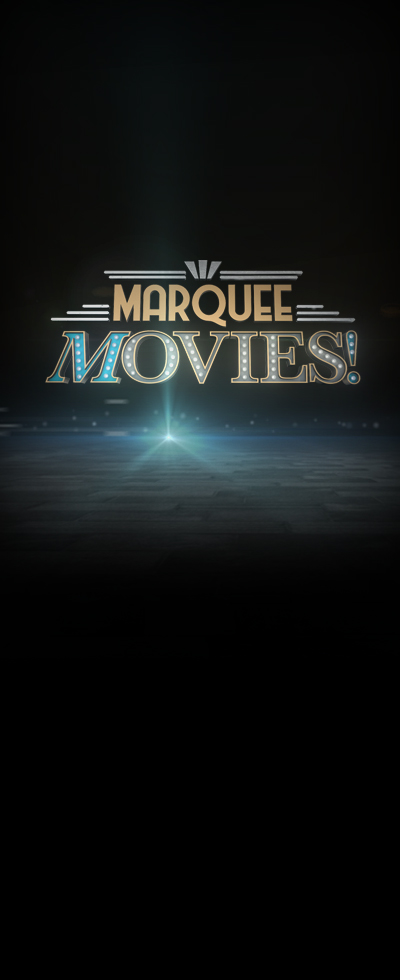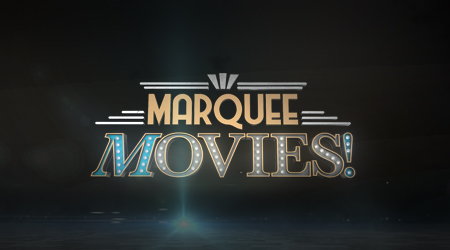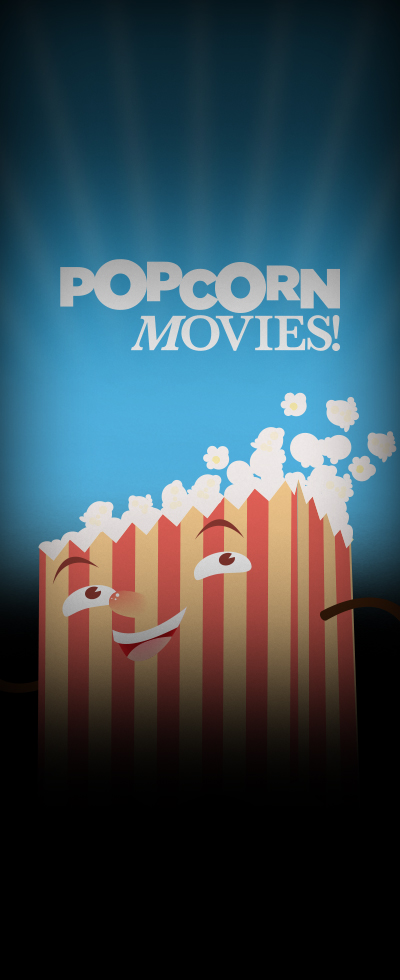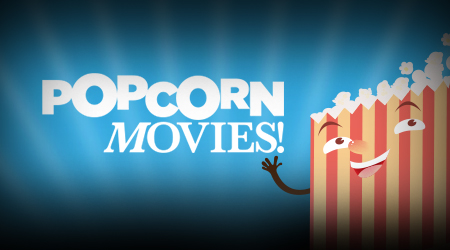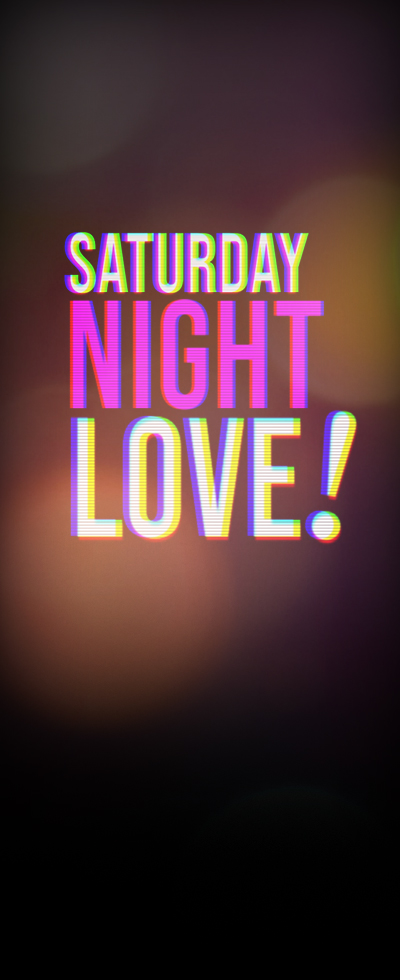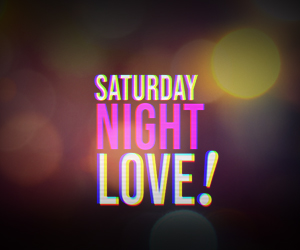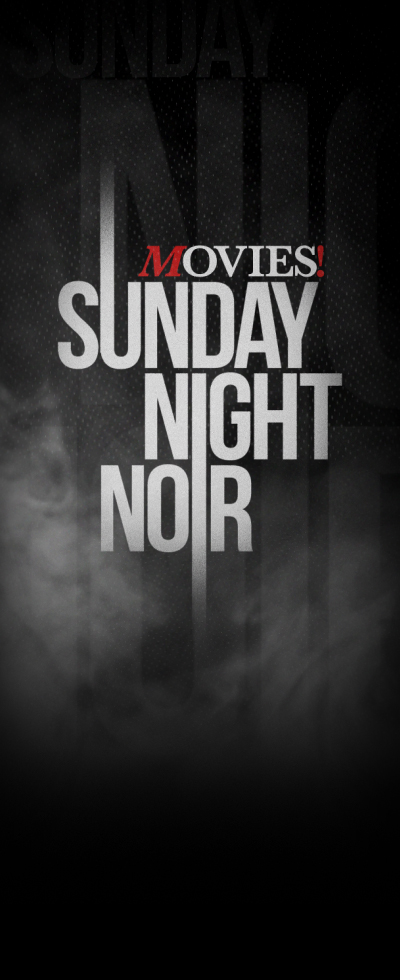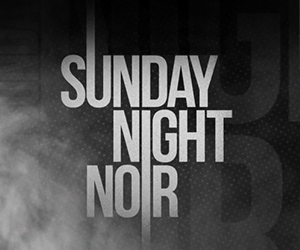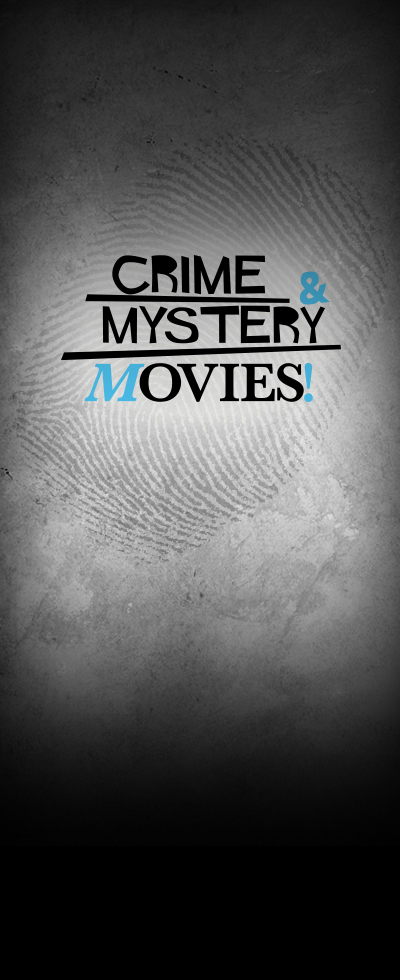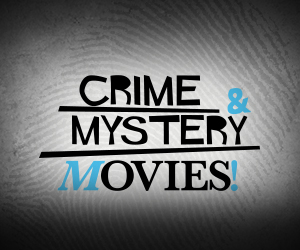For showtimes, click here.
Bonnie and Clyde was part of the countercultural wave hitting theaters in 1967, along with films like The Graduate and Cool Hand Luke. The movie built on the feelings of the Vietnam War, the rise of art films, and the divergence from traditional values.
Before it was a success, however, the idea for Bonnie and Clyde started with a footnote in a non-fiction book. Screenwriters Robert Benton and David Newman used this as a jumping off point and traveled to Texas where they interviewed the locals about the notorious duo.
Of course, writing the script was just the beginning…
1. Penn turned it down at first.

The writers wanted director François Truffaut for the project, but he was unavailable. However, he connected them to Warren Beatty, who in turn convinced them that an American director was needed for the project. But one wasn’t easy to find. Arthur Penn, William Wyler, John Schlesinger, Sydney Pollack, and George Stevens all turned down the project. “I was afraid it was just going to be a gangster story,” Penn said. Beatty, however, convinced him of the merits of the story, and Penn jumped on board.
2. Faye Dunaway was a last minute find.

Leslie Caron wanted the lead. However, Warren Beatty felt that an American actress was needed for the role. The part was turned down by Natalie Wood, Jane Fonda, and Tuesday Weld. Shirley MacLaine was a serious contender, but that changed when Beatty stepped up to play Clyde (at first, he thought of Bob Dylan in the lead). Director Arthur Penn thought Faye Dunaway was ideal for the role, and she lost weight, wanting to be thin for the Depression era film. “This was the first big feature that I got my hands on.” Faye said, “It was a very wonderful role.”
3. Beatty suggested Hackman.

Beatty and Gene Hackman had worked together previously on Lilith. Hackman was available for the film because he had been fired from The Graduate, where he was supposed to play Hoffman’s father (read more about that here). Penn said, “He is an extraordinarily truthful actor, and he has the skill to tap into hidden emotions that many of us cover over or hide—and it’s not just skill but courage.”
4. It was Gene Wilder’s first movie.

Wilder made his film debut playing a kooky undertaker whose car is stolen. “He was hilarious,” Beatty said. Wilder spent approximately four days on the set for his scenes – two in Texas and two in California. He said, “I had no idea how it was going to turn out. And when I saw it, I was so upset, or fascinated, or something, by the sight of myself on the screen that I could hardly pay attention to the rest of the movie."
5. The ending was inspired by ballet.

In real life, Bonnie and Clyde were shot approximately eighty-seven times by the police. Penn found this ending was missing something and thought up the “spastic” ballet, as he called it. He said, “I thought if this film just ends with them being shot, then no matter what we do in the film, it’s still just a gangster story.” The actors prepared all morning as fake blood was rigged on them to go off. They then filmed the scene two times using about four cameras that ran at different speeds.


